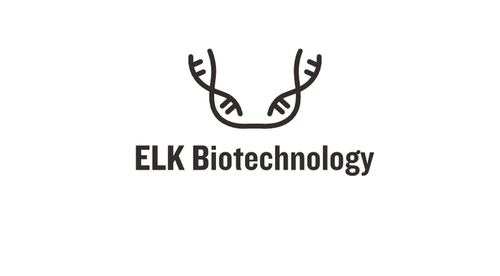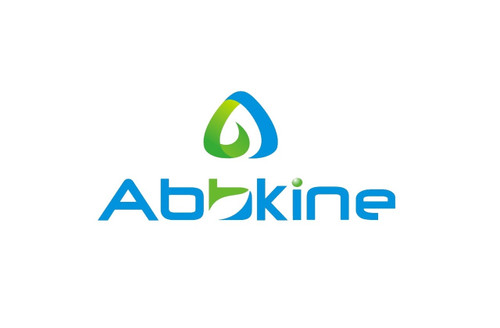Product Description
Rat Low-density lipoprotein receptor-related protein 2 (LRP2) ELISA Kit | AE60541RA | Abebio
Species Reactivity: Rat (Rattus norvegicus)
Abbreviation: LRP2
Alternative Name: DBS; gp330; Heymann nephritis antigen homolog|calcium sensor protein|megalin
Application: ELISA
Range: 0.312-20 ng/mL
Sensitivity: 0.126 ng/mL
Intra-Assay: ≤4.5%
Inter-Assay: ≤7.8%
Recovery: 1, 09
Sample Type: Serum, Plasma, Other biological fluids
Detection Method: Sandwich
Analysis Method : Quantitive
Test Principale: This assay employs a two-site sandwich ELISA to quantitate LRP2 in samples. An antibody specific for LRP2 has been pre-coated onto a microplate. Standards and samples are pipetted into the wells and anyLRP2 present is bound by the immobilized antibody. After removing any unbound substances, a biotin-conjugated antibody specific for LRP2 is added to the wells. After washing, Streptavidin conjugated Horseradish Peroxidase (HRP) is added to the wells. Following a wash to remove any unbound avidin-enzyme reagent, a substrate solution is added to the wells and color develops in proportion to the amount of LRP2 bound in the initial step. The color development is stopped and the intensity of the color is measured.
Product Overview: LRP2 is a multi-ligand endocytic receptor that is expressed in many different tissues but primarily in absorptive epithilial tissues such as the kidney. This glycoprotein has a large amino-terminal extracellular domain, a single transmembrane domain, and a short carboxy-terminal cytoplasmic tail. The extracellular ligand-binding-domains bind diverse macromolecules including albumin, apolipoproteins B and E, and lipoprotein lipase. The LRP2 protein is critical for the reuptake of numerous ligands, including lipoproteins, sterols, vitamin-binding proteins, and hormones. This protein also has a role in cell-signaling; extracellular ligands include parathyroid horomones and the morphogen sonic hedgehog while cytosolic ligands include MAP kinase scaffold proteins and JNK interacting proteins.
Stability: The stability of ELISA kit is determined by the loss rate of activity. The loss rate of this kit is less than 5% within the expiration date under appropriate storage condition. The loss rate was determined by accelerated thermal degradation test. Keep the kit at 37°C for 4 and 7 days, and compare O.D.values of the kit kept at 37°C with that of at recommended temperature. (referring from China Biological Products Standard, which was calculated by the Arrhenius equation. For ELISA kit, 4 days storage at 37°C can be considered as 6 months at 2 - 8°C, which means 7 days at 37°C equaling 12 months at 2 - 8°C) .
 Euro
Euro
 USD
USD
 British Pound
British Pound
 NULL
NULL








